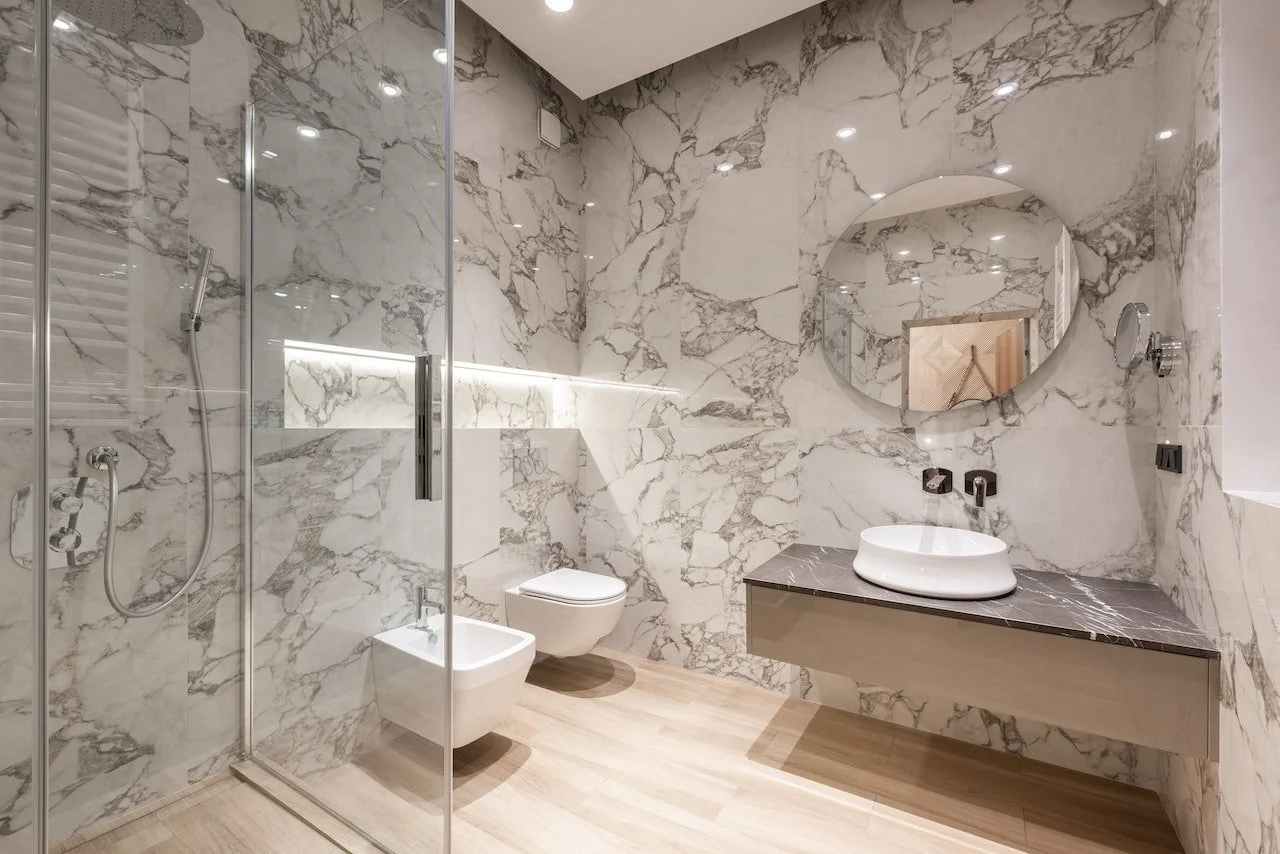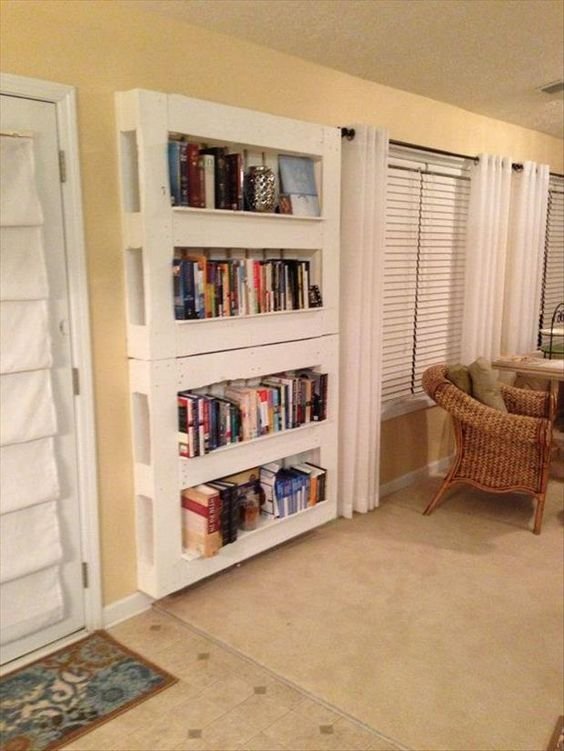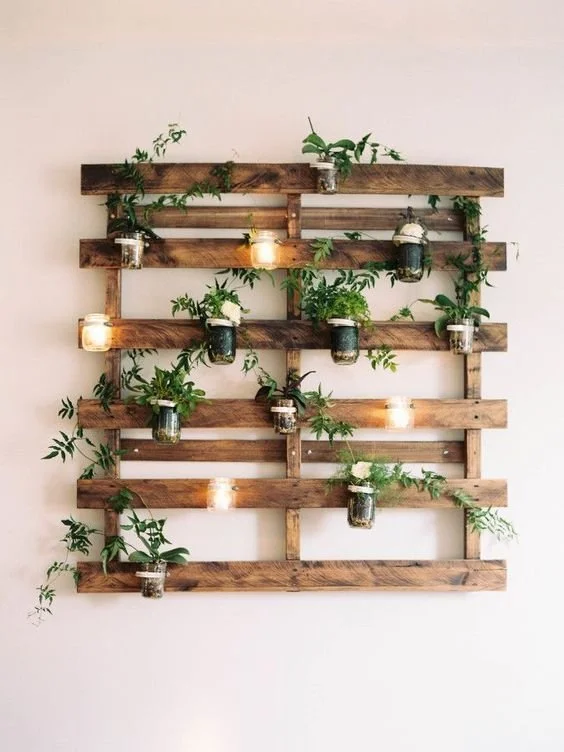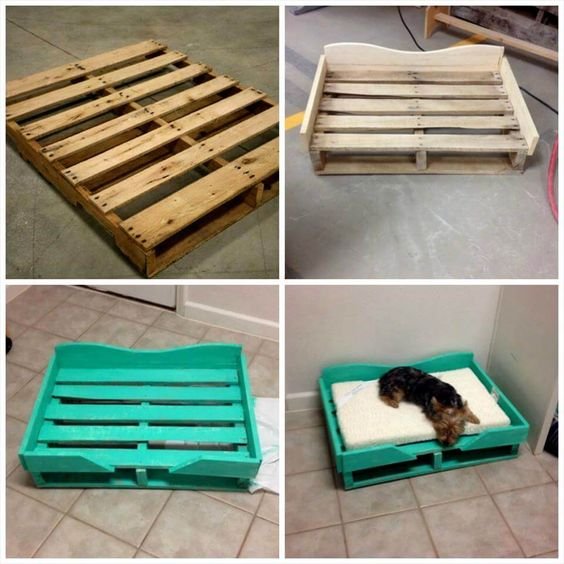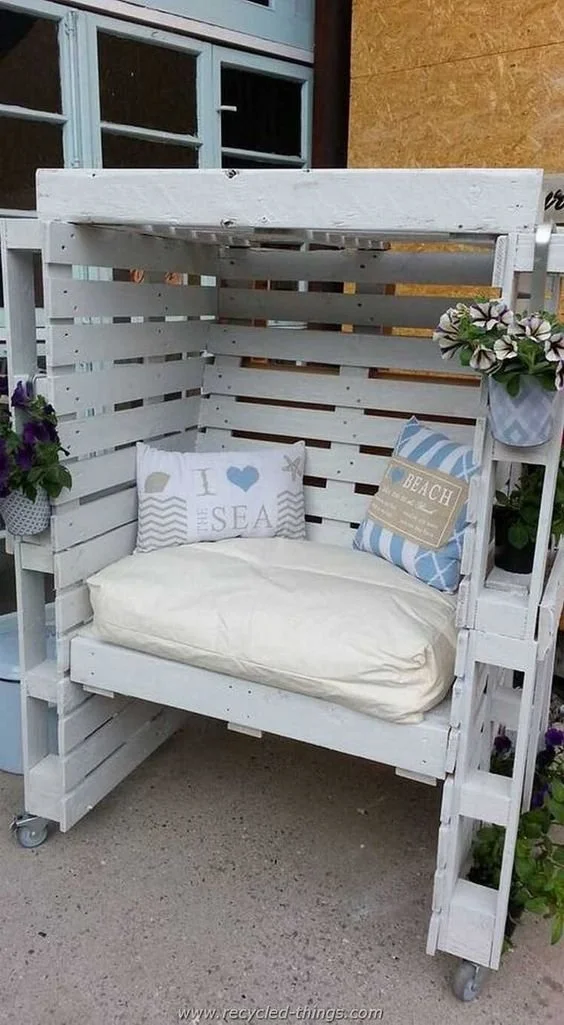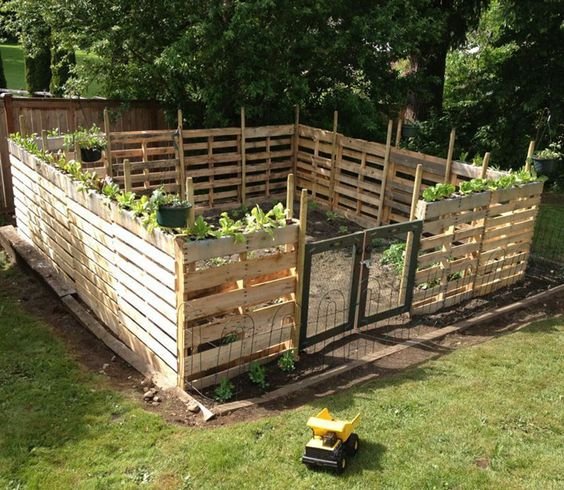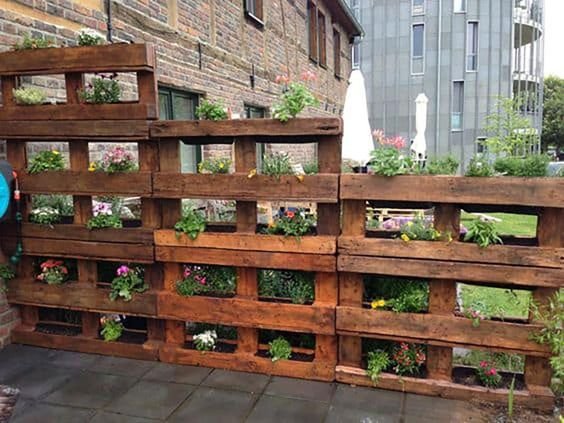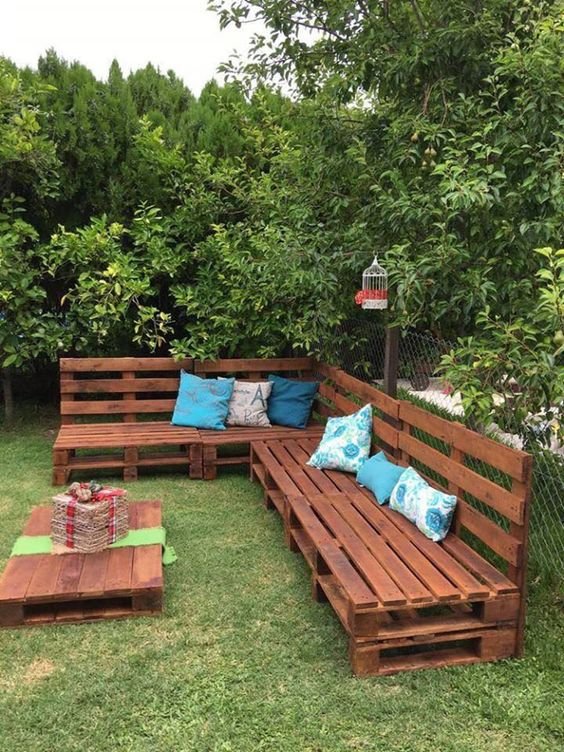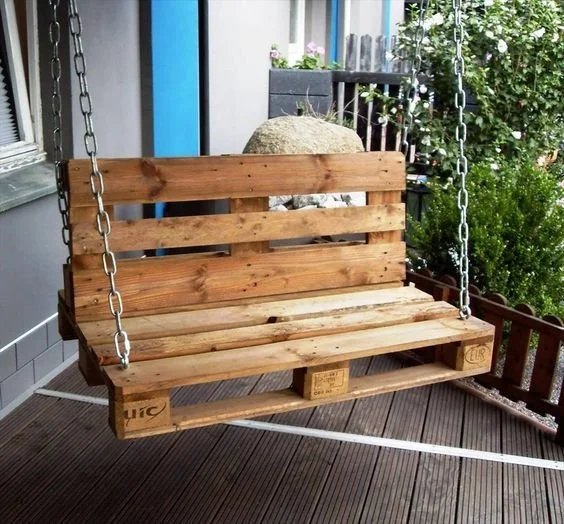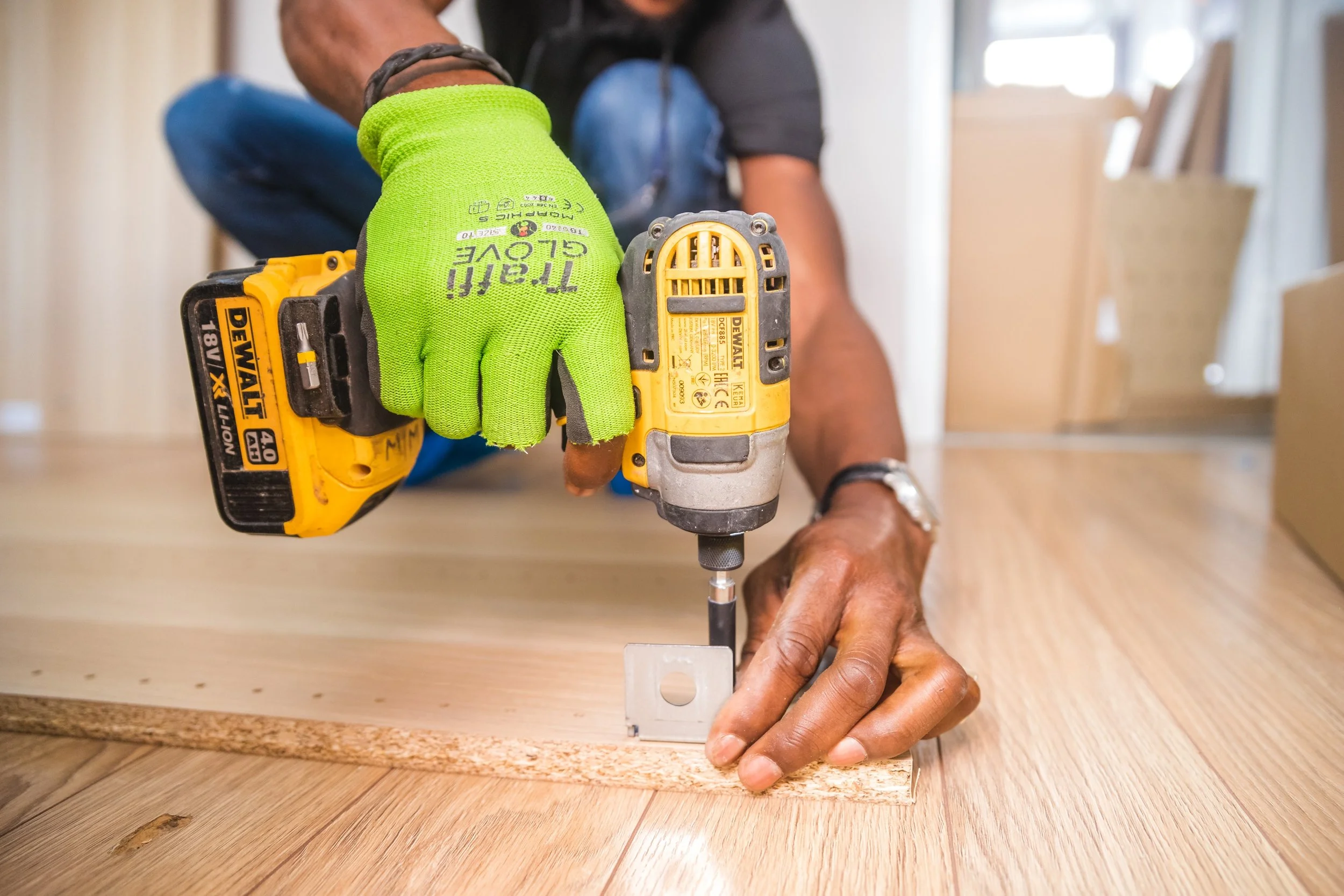7 Handy Organization and Home Upgrade Tips for the Elderly
RH Business Marketing Solutions
As we get older, the importance of having a well-organized and comfortable home grows. With age comes a decrease in mobility, strength, and agility, which can make performing day-to-day tasks around the house difficult. Fortunately, there are a number of house adjustments and arrangement tips that can make life easier for the elderly. This article will go over six useful organization and home improvement tips that can make living at home more comfortable and safe.
Declutter your home
Decluttering is the first step toward an organized home. Remove any items that you no longer use or require. This not only makes your living area appear larger and more inviting, but it also makes it easier to find things. Items that you no longer require can be donated, sold, or discarded. Decluttering can be a time-consuming task, so divide it into manageable chunks, such as a room or a cupboard at a time. Decluttering can have mental health benefits in addition to creating a more organized living space. A cluttered house can cause stress and anxiety, whereas a clean home can promote a sense of calm and well-being.
Advance kitchen and bathroom
For the elderly, fully accessible kitchens and bathrooms are crucial. Some of the bathroom fixtures in an older property might be out of date. If so, think about replacing them with more contemporary models that are suitable for anyone who might need assistance using them. Consider getting rid of the outdated bathtub and instead build a barrier-free shower stall. That way access will be easier and there wouldn’t be any need to step up and over.
Your experience in the kitchen can be significantly improved by relocating or changing the height of the sink to suit your needs. A roll-under sink can be added so that those who are confined to wheelchairs can use it.
Install grab bars
Installing grab bars is an important home safety improvement, especially for the elderly. These bars can help prevent falls and provide extra support when entering and exiting the shower or bath, as well as when using the toilet. You can install grab bars yourself or hire someone to do it for you. It is critical that the grab bars are securely attached to the wall and can support your weight. When installing grab bars, it is essential to select the appropriate type of bar. Vertical bars, for example, are better for providing support when rising from a seated position, whereas horizontal bars are better for maintaining balance while standing.
Rearrange your furniture
Rearranging your furniture can give your home a new look while also making your living space more functional. You can clear any obstacles and move any furniture that is in your way. This can help prevent tripping hazards and make your space easier to navigate. Additionally, to avoid the need to climb or bend down, keep frequently used items within reach. It is also a good idea to remove any sharp or dangerous objects from your living area to avoid accidents.
Get a professional home assessment
It should be noted that not all homes are appropriate for the elderly. Houses that are not designed with the elderly's needs in mind can be dangerous, increasing the risk of falls and injuries. As a result, it is strongly advised that you obtain a professional home assessment. A professional can assess your living space and make any necessary changes to make it safer and more accessible. If your current residence is insufficient for your requirements, you may need to consider moving to a specialized independent living facility. These facilities are intended to meet the needs of the elderly while also providing a safe and comfortable environment.
Install proper lighting
A well-lit home is essential, especially for the elderly. Poor lighting can make it difficult to see clearly and increase the risk of tripping and falling. Installing bright lights in key areas such as hallways, staircases, and entryways can help improve visibility and make moving around your house easier. You can also install motion-detecting lights that turn on automatically when you enter a room. It is critical to consider the type of bulb and color temperature when selecting lighting for your home. LED bulbs use less energy and last longer than incandescent bulbs, while warm white or daylight bulbs improve visibility and reduce eye strain.
Organize your medication
It is common for us to require multiple medications to manage our health as we age. Keeping track of these medications can be difficult, so they must be properly organized. A pill organizer can help you keep track of your medication schedule and avoid missed doses. Additionally, keep a record of your medications, dosages, and any instructions from your healthcare provider. It is also critical to keep your medication out of the reach of children and pets, and to properly dispose of any expired or unused medication.
In conclusion, implementing these organization and home improvement tips can assist the elderly in living a safer, more comfortable, and independent life. You can maintain your quality of life and continue to enjoy your home for years to come by taking the necessary steps to make your living space more accessible and functional.
Guest Contributor: Chloe Taylor


